Virginia Jaramillo's sprawling career takes her 'East of the Sun': 'No one expected me to survive as an artist'
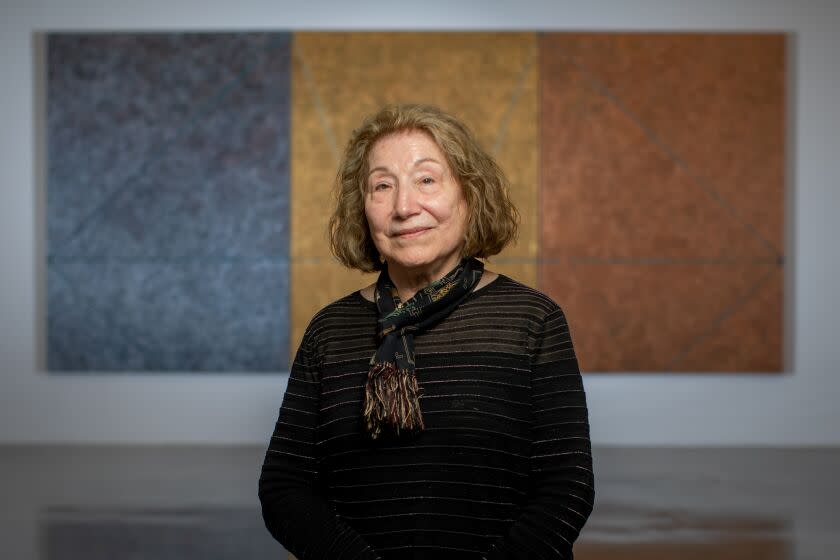
When artist Virginia Jaramillo soon visits Los Angeles for the first time in decades, she knows the city will look immensely different from what she remembers.
Growing up in East Los Angeles, she would visit her grandparents’ turkey ranch in El Centro during the summers, riding a “rickety bike” around the land. “And the earth was not — well, sometimes it was brown, sometimes it was black, sometimes it was red,” said Jaramillo. “And I was really struck by that. That image has always stayed with me.”
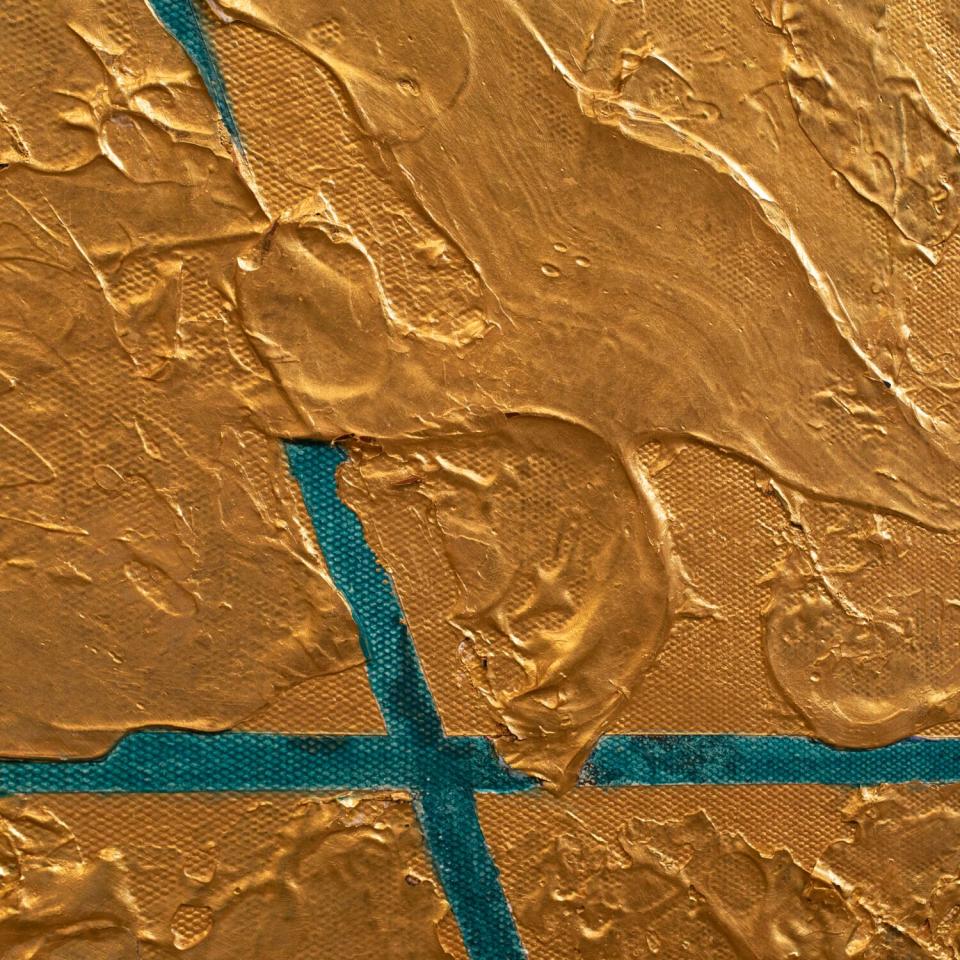
Jaramillo hoped to become an archaeologist who studied ancient cultures. Instead, she has woven her fascination with the Earth, mythology and cosmology into her abstract artwork since the late 1950s. The artist attended Manual Arts High School and, at 18 years old, made it her goal to be exhibited at the Los Angeles County Museum of Art (then known as the Los Angeles County Museum of History, Science, and Art).
With no art stores near where she grew up, Jaramillo enlisted her father to help; he bought wood for the stretcher, and she used student-grade canvas because it was easily accessible. She painted a piece called “Satire,” putting the final touches on it in the bedroom she shared with her sister. The artwork made it into the annual exhibition at LACMA in 1959; Jaramillo signed it “V. Jaramillo” and the staff at the show opening seemed confused to see a young woman standing there and claiming her work.
“And then I walked around as if I knew what I was doing,” said Jaramillo. “But I was so scared because there were all these older people. … I didn't talk to anyone because I didn't know anyone. I was like, ‘OK, keep your head up. Pretend you belong here.’”
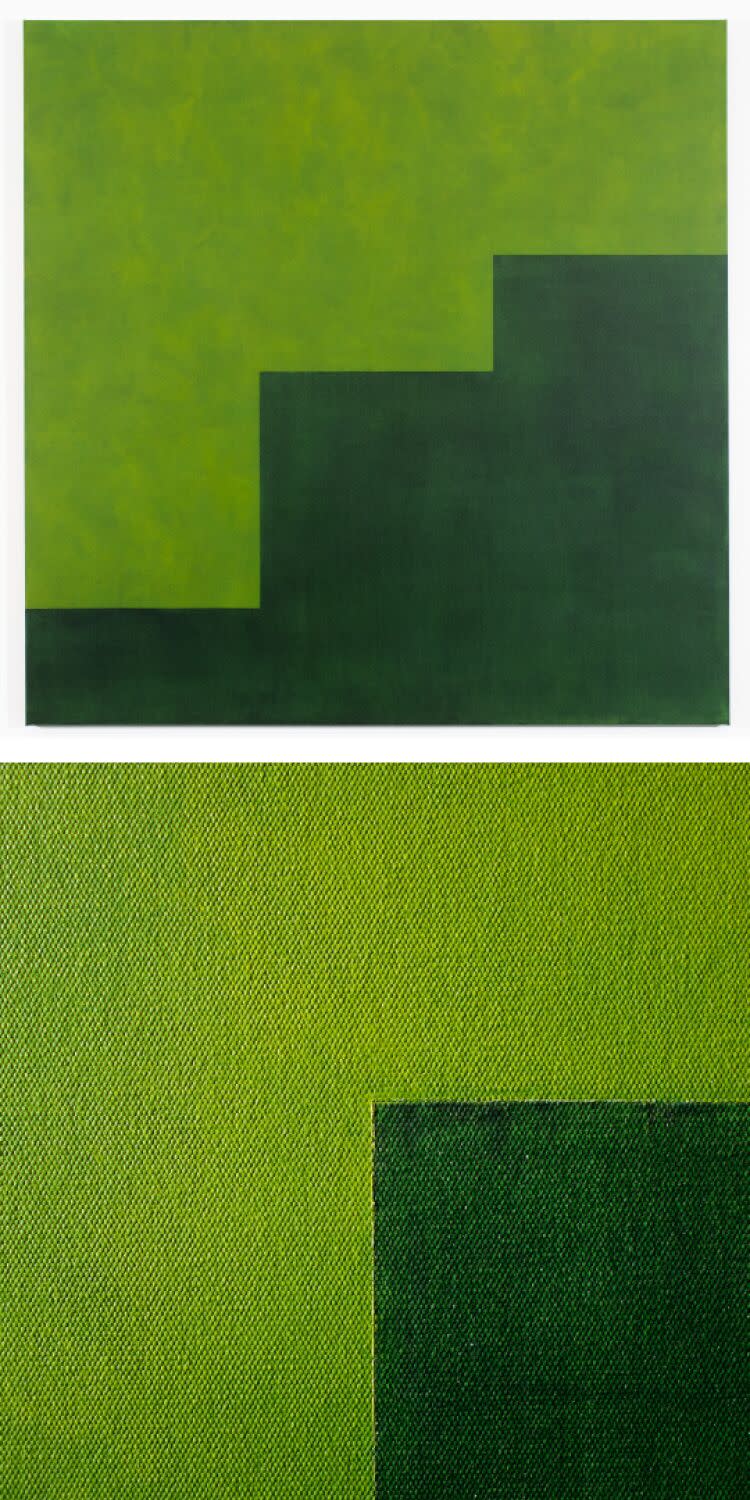
Now, Jaramillo has returned to L.A. for her solo exhibition “East of the Sun, West of the Moon,” which opened May 13 at Pace Gallery. Not one to rest on her laurels, Jaramillo has created nine new paintings that follow in the vein of her abstract work over six decades.
Her travels to Greece and Mexico, along with a brief period of papermaking, are evident in the works’ colorscapes, earthiness and attention to cultural storytelling. Jaramillo has continually explored how to capture the parts of mythology and history that most fascinate her.
In the late 1950s, Jaramillo attended Otis Art Institute; she married artist Daniel LaRue Johnson, whom she met in high school, and the two started a family while vowing to stay dedicated to their creative practices. It wasn’t easy — along with rampant racism and sexism, plenty of artists told them it was impossible to stay married, let alone raise kids, while still making art.
When they lived on Brighton Avenue in the early 1960s, close to the University of Southern California campus, Jaramillo says, folks urged them to go to Paris to further their art (“The people that took pity on us, people that would buy our work for $25 or something,” as she calls them). After graduating from Chouinard Art Institute (which later became the California Institute of the Arts) in 1965, Johnson received a Guggenheim fellowship and the couple moved to Paris for a year. They later settled permanently in New York.
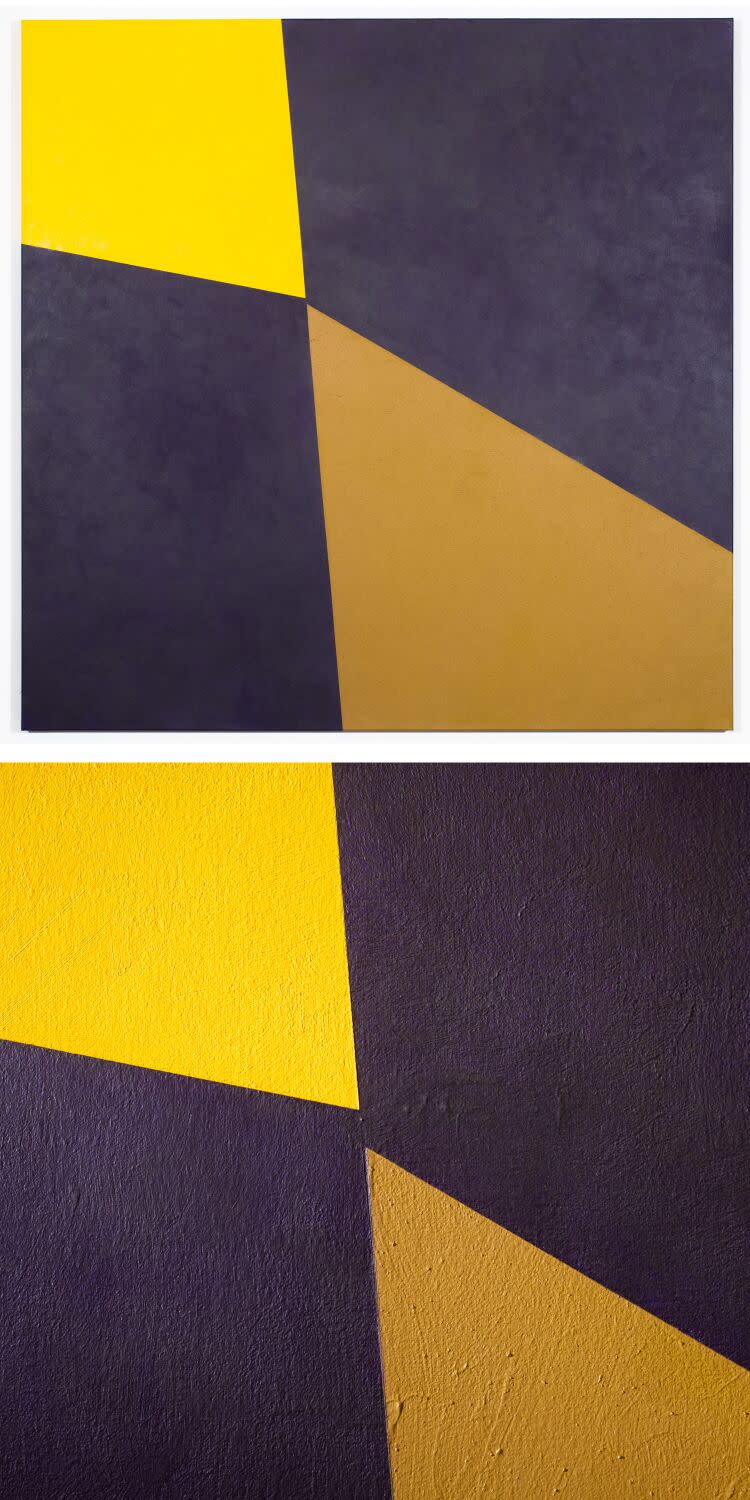
Jaramillo never felt entirely embraced by the Mexican and Chicano art scenes coalescing at the time, which she suspected had to do with her interracial marriage. Instead, she was “part of a small group of outsider artists — Japanese, Jewish and Black artists.” In community with them, Jaramillo found support and validation, even when institutions overlooked the artists.
Jaramillo didn’t think about identity in her studio, though — it was just her and the composition.
“I never wanted to be categorized or cubbyholed or put in a box,” said Jaramillo. “Because I found out early in life, once people put you where they want to put you, then they know how to deal with you. … When I would start working, I wasn't thinking of myself in terms of gender. It was like a creative force that wanted to express itself, regardless of what the modes and images were of that time.”
Art historian, author and curator Kellie Jones saw the importance of including Jaramillo’s work in “Now Dig This!: Art and Black Los Angeles 1960-1980,” previously on view at the Hammer Museum in 2011. Jones said friendships and alliances were key to the Black Arts Movement — a community that Jaramillo contributed to significantly. Those decades were fraught for many communities, with various causes overlapping with each other, she said.
Jones looks back on the “Now Dig This!” exhibition as just one point in which she saw the need for institutions to pay more attention to Jaramillo’s work.
“At that time when I started organizing [the exhibition], I started telling all the museum people I knew … ‘You need to come and look at this work and acquire it because it’s still all there,’” said Jones. “It took a while, even from that time, but she’s been doing so many other things. She’s done a lot, and still has all the work. And she’s still working away.”
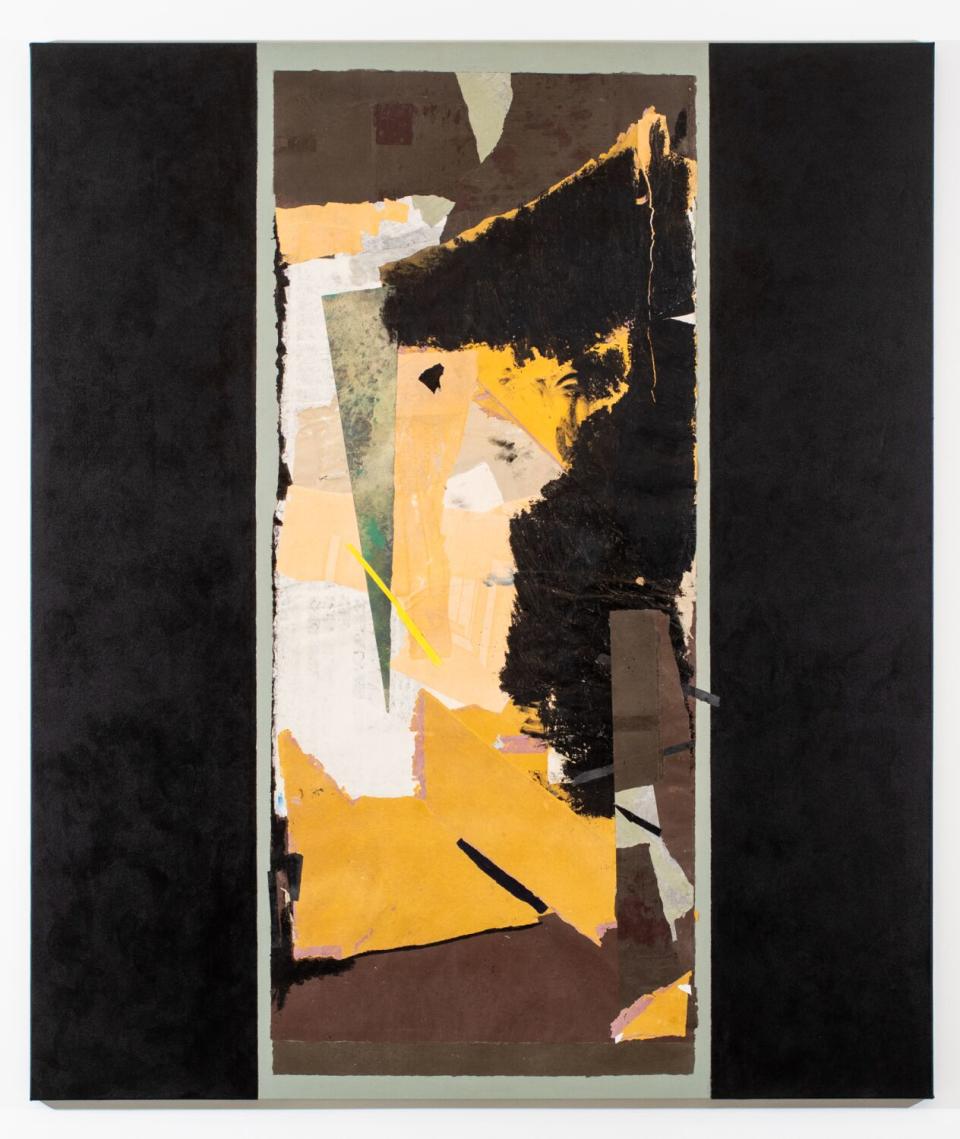
“Virginia can go from one subject to another and she completely dives in,” Pace CEO Marc Glimcher said. “She went through a whole Mayan phase; then it's a Greek phase. … When she finds the geometry of a thought, or a thought system, or a belief system, she gets so excited about it.”
There’s also a folding of time in “East of the Sun, West of the Moon” in terms of ancient stories and modern art, but also Jaramillo’s personal history. The title comes from a song of the same name that Jaramillo heard growing up, and she often wondered where that dreamy location might reside. In reading about the Mesopotamian goddess Inanna, Jaramillo felt called back to a work dating to her early New York years when she experimented with paper works and rented a mill at Dieu Donné. Paul Wong, artistic director at the time, helped Jaramillo use hand-ground earth pigments and linens to make the delicate pieces.
In preparing for the upcoming show at Pace, Jaramillo found a handmade paper piece from that time period that she “had never been able to use.” She adhered it to canvas and the composition became “Cycle of Inanna” (2023). In reading about the Maya ruler Kʼinich Janaab Pakal, Jaramillo was especially struck by descriptions of the lush greenery around the king’s burial pyramid, resulting in the work “The Gardens of Pakal” (2023).
“It’s like she's gone there for you and she's found the precious material and she's bringing it back,” said Glimcher.
The show also includes a large-scale piece, around 7 by 15 feet, called “To Touch the Earth,” which nods to “the first really significant metals that early man started using,” as Jaramillo explained.
“After a while, you and the painting become simpatico,” said Jaramillo. “It's like the painting, in a sense, speaks to you, and it's like you look at the work and you say, ‘God, why isn't that working? What's wrong with this?’ The painting is telling you, ‘Hey, I'm not satisfied like this.’ That's how I look at it. … My work takes a little longer because it's contemplative, and I have to really study the color, study the composition. Is it saying what I intentionally wanted it to say by the motivation of the title? That's the whole driving force.”
A retrospective of Jaramillo’s work — the first of its kind — will open at the Kemper Museum of Contemporary Art in Kansas City, Mo., on June 2. “Virginia Jaramillo: Principle of Equivalence” will feature nearly seven decades of the artist’s work. As the museum points out in the exhibition description, Jaramillo’s work was first displayed there in 1994 as part of the museum’s debut exhibition.
The buzz around Jaramillo’s work might seem like she’s receiving the much-delayed praise that many women artists have garnered in recent years. Luchita Hurtado’s work gained more attention after the Hammer Museum’s Made in L.A. 2018, and her first career survey opened at LACMA in 2020. In 2019, artist Betye Saar had two major shows (at LACMA and the Museum of Modern Art) displaying her work across several decades that felt belated considering the artist’s contributions. Jaramillo’s first solo museum show opened in 2020 and “East of the Sun, West of the Moon” is her first-ever solo show in Los Angeles.
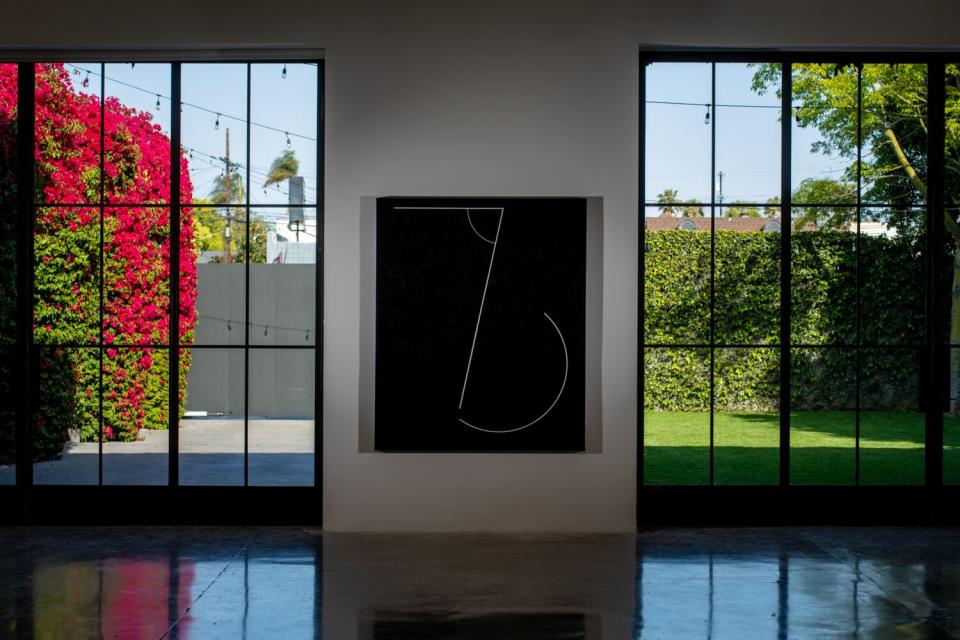
But Jaramillo bristles against the idea that she’s being rediscovered.
“Someone said, ‘Oh, you waited so long.’ And I looked at them and I said, ‘I wasn't waiting, I was working,’” said Jaramillo. “I mean, if you sit around and wait for something to happen, it'll never happen.”
No matter the scale or composition, her pieces come back to “the same concept of the Earth and the civilizations that came before us.” “East of the Sun, West of the Moon” is just another chapter in that story.
“It's about the work finally being recognized after having three strikes against me: being born a woman, for one, at the time I was born, 1939, and then being born a minority, Mexican American, and then being married to a Black man,” said Jaramillo. “I had all those strikes against me. And then having kids. No one expected me to survive as an artist.”
This story originally appeared in Los Angeles Times.

